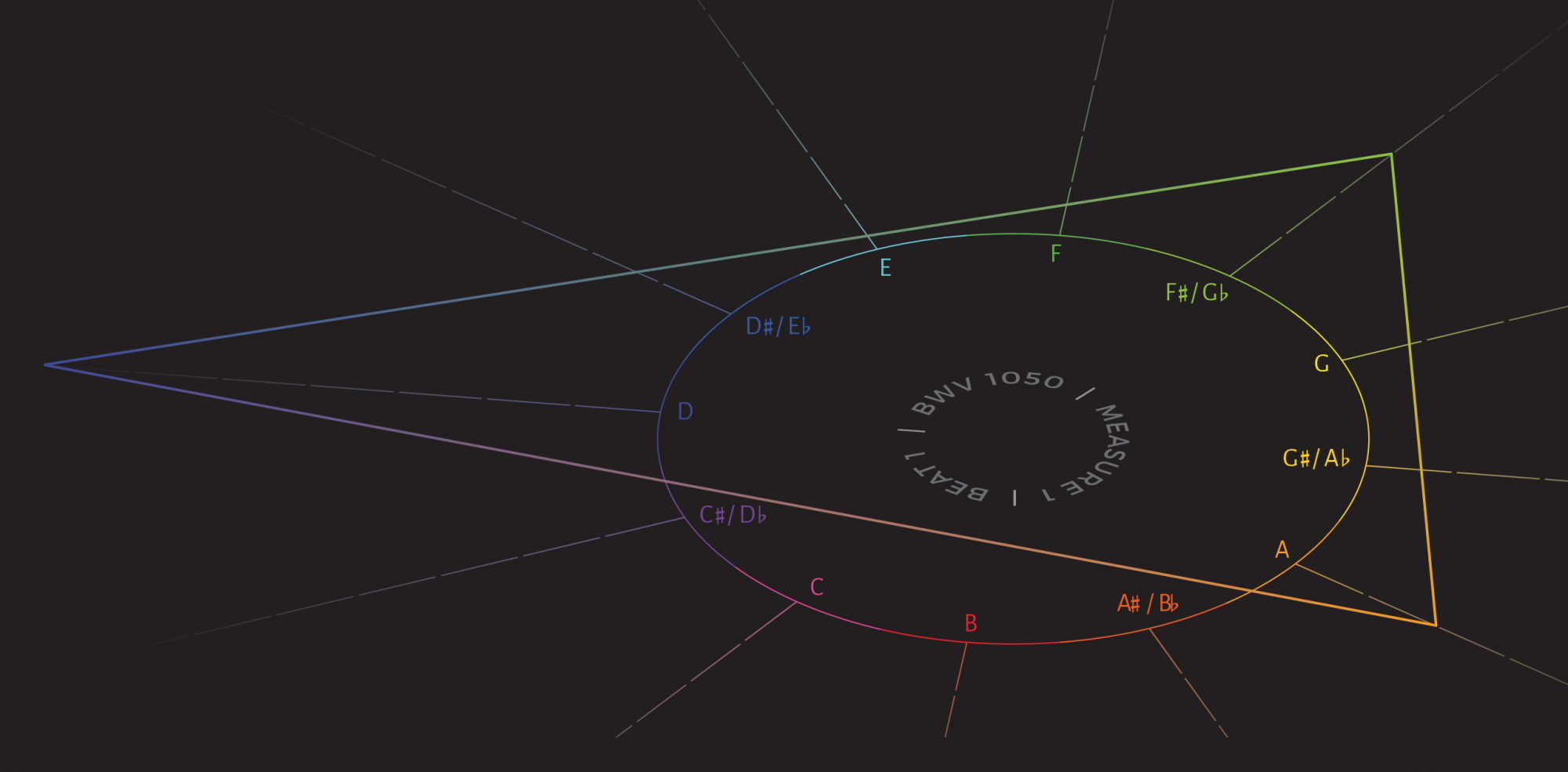David Falterman and Derek J. Myler, Editors
Andrew Blake, Guest Symposium Editor
Reviews Editor, Lukas Perry
Andrew Blake and Noah Kahrs, Web Managers
Complete Volume
Articles
Táhirih Motazedian and Scott Murphy | Holst’s Planets, The Final Frontier:
Interplanetary Voyage as Intrapersonal Escape (1–17)
HTML & PDF ——Abstract
Drew Nobile | Narrative Opposition in the Beatles’ Verse–Chorus Songs, 1966–1967 (19–34)
HTML & PDF ——Abstract
Brad Osborn | Formal Functions and Rotations in Top-40 EDM (35–54)
HTML & PDF —— Abstract
Gilad Rabinovitch | Reimagining Fauré’s Harmony (55–101)
HTML & PDF —— Abstract
Derek R. Strykowski | Hearing the Interrogative in the Cadences of Sigismondo d’India: A Quantitative Analysis of the Polyphonic Madrigals (103–28)
HTML & PDF —— Abstract
Analytical Vignettes
Vignette Symposium Editors’ Note (129–30)
HTML & PDF
Leah Amarosa | Unveiling the Signifiers of Rain in John Adams’s China Gates (131–41)
HTML & PDF —— Abstract
Michael Boyd | Integrating Opposites: Iannis Xenakis’s Charisma for Clarinet and Cello (143–51)
HTML & PDF —— Abstract
Mark R. H. Gotham | Old Sources in new Sauces: John Joubert and the Analysis of Ancient Materials in Modern Music (153–62)
HTML & PDF—— Abstract
Kyle Hutchinson | Pendular Thirds and Pentatonic Parallelisms: Intersecting Black Vernacular and neo-Romantic Idioms in the Second Movement of Florence Price’s Piano Sonata in E minor (163–74)
HTML & PDF —— Abstract
Dave Keep | The Voice of Enigma: Intertextuality in “Im wunderschönen Monat Mai” (175–91)
HTML & PDF—— Abstract
Hei-Yeung (John) Lai | Counterpoint and Formative Process in ’Are’are Cyclic Panpipe Music (193–206)
HTML & PDF—— Abstract
James S. MacKay | “Unloosing the Gordian Knot”: Sonata Theory, Form-Functional Analysis, and Becoming in Joseph Haydn’s String Quartet, op. 64, no. 2, I (207–19)
HTML & PDF ——Abstract
Samuel Ng | The Trimodular Block and L’art de bien chanter in Hélène de Montgeroult’s Piano Sonatas, Op. 5 (221–34)
HTML & PDF —— Abstract
Morgan Patrick | Into Wondrous Realms with Two Triads: Markedness, Voice Leading, and Functional Multivalence as Correlates of Fantasy Induction in the “Fantasy Fifth” Progression (235–45)
HTML & PDF —— Abstract
Rich Pellegrin | Salience, Common Tones, and Middleground Dissonance in the Fourth Chorus of Brad Mehldau’s Improvisation on “All the Things You Are” (247–61)
HTML & PDF —— Abstract
Christopher Segall | Franz Liszt’s Bagatelle ohne Tonart (in B Minor) (263–71)
HTML & PDF —— Abstract
Jeffrey Swinkin | Cyclic Form in Clara Schumann’s Four Fugitive Pieces, op. 15 (273–82)
HTML & PDF —— Abstract
Xieyi (Abby) Zhang | Hope to Grief: An Analysis of Dvořák’s Moravian Duets, op. 38 (283–304)
HTML & PDF —— Abstract
Reviews
Gerardo Lopez | The Art of Post-Tonal Analysis: Thirty-Three Graphic Music Analyses by Joseph N. Straus, Oxford University Press, 2022 (305–8)
HTML & PDF
Olivia R. Lucas | Musical Agency and the Social Listener by Cora Palfy, Routledge, 2021 (309–12)
HTML & PDF

